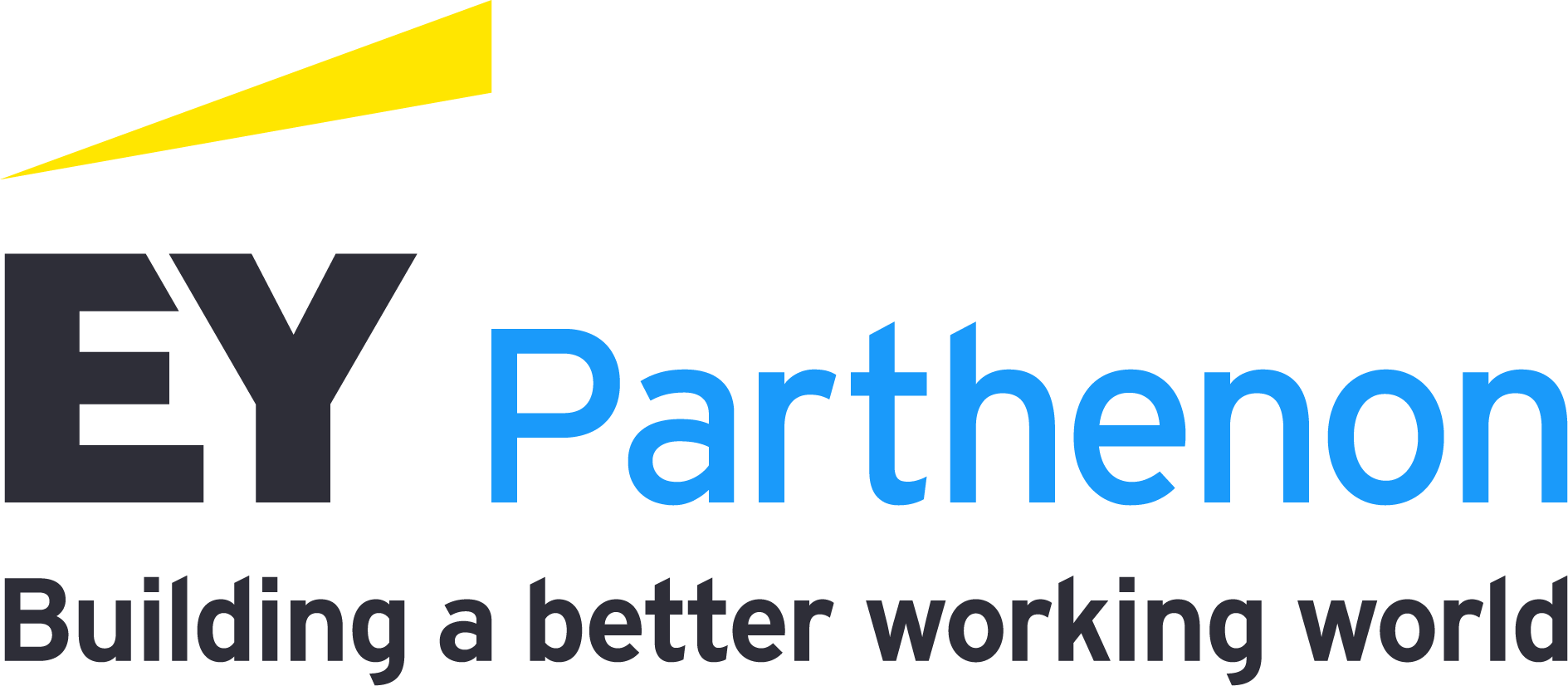Cloud
As part of reshaping the remaining organization, management can understand early in the process how additional investments in cloud technology can help achieve the strategic and financial benefits envisioned in the deal. This way, the organization can leverage the changes associated with the transaction to implement cloud-based systems.
Cloud delivers more to the enterprise than just a streamlined IT function. It can often enable revenue growth and operational efficiency through speed, scale and productivity benefits. It does far more than traditional platforms to support attractive digital opportunities, like big data and analytics, as well as more effective management of the customer experience.
In fact, the divesting company will be prepared for the cloud journey by having completed an inventory of computing, storage and networking assets, as well as an assessment of current data centers for entanglements and costs. The company is also likely to transfer a number of business systems to the cloud as part of the divestment program.
Data
The divesting organization will have assessed and classified its data as part of the transition. This can be an excellent opportunity to align data strategy with organizational business goals and develop a robust data environment and governance model.
A good data governance model can address regulatory compliance and data ownership to prevent unauthorized data from leaving the organization with the separation. This exercise is also a platform on which to build a sophisticated data strategy that leverages the value of data for stakeholders in future operations.
For example, advanced analytics powered by data can help the company become a more “customer-centric” business by innovating products around customers’ needs, delivering distinctive services and experiences, and attracting and retaining the best talent. Analytics can also become a key enabler of competitiveness and organizational value by supporting superior, strategic decision-making for the organization.
Governance and execution
IT organizations can take advantage of the divestiture by using process assessments that are typically done as part of the transaction to develop more responsive technology delivery capabilities. Many successful organizations have done this by adopting modern Agile development processes for faster, iterative software delivery, as well as DevOps, an approach that combines software development and IT operations to shorten deployment lifecycles and improve collaboration. These practices work together with cloud, data and advanced analytics to accelerate the organization’s digital transformation. For example, an Agile technology department can deliver new solutions more quickly to help the organization gain control over its customers’ experiences.
Organizations may need to consider implementing new governance and process changes to support DevOps. For instance, they could allow development teams to test, promote and deploy code in production environments without requiring constant involvement and oversight from infrastructure teams.
Cybersecurity
The opportunity to transform the organization’s cybersecurity capabilities begins with the announcement of the deal itself. Once news of a divestiture is in the press, opportunistic cybercriminals can take advantage of disrupted routines and distracted employees to launch ransomware attacks. Risks also arise when a party in the deal is not prepared to implement cybersecurity measures to meet Day 1 requirements. Cyber risks affect both the divesting organization and the entity being sold or spun off and are present in all phases of the deal cycle.
Companies that take steps to embed a defensive cybersecurity strategy throughout the deal cycle will be positioned to avoid deal risks. They will also be in a better position to meet the future cybersecurity needs of the organization.
Innovation culture
The parent organization’s future competitiveness will depend on its ability to innovate, including with new technologies. With the divestiture, the organization has a significant opportunity to develop a corporate culture with innovation as a key contributor to competitiveness.
A culture that fosters innovation promotes not only competitiveness and growth, but also the organization’s ability to attract and retain talent. One way to achieve this is to partner with sources such as universities or industry consortiums to find and develop rare talent.
The change management and communications program in place for the divestiture can be designed with a focus on innovation to help create a flexible and creative organization that can thrive in an environment of constant change.
Partner and vendor ecosystem
While envisioning the organization’s future competitiveness, management can examine the company’s strategic IT and related partnerships. These can include cloud and other IT services, universities for strategic and leading-edge thinking, and startups for fast-changing technologies and potential joint ventures.
Successful IT partnerships help align an organization’s current capabilities and needs with a strong focus on market position, customer relationships and growth potential. Without strategic partnerships, it is harder for companies to deliver transformational capabilties that enhance customer experience and revenue growth.
The post-divestiture organization is often well placed to do this because it has assessed its core and peripheral capabilities as part of the deal. The logical next step, with newly raised capital from the deal, is to invest in partnerships that augment those capabilities.






